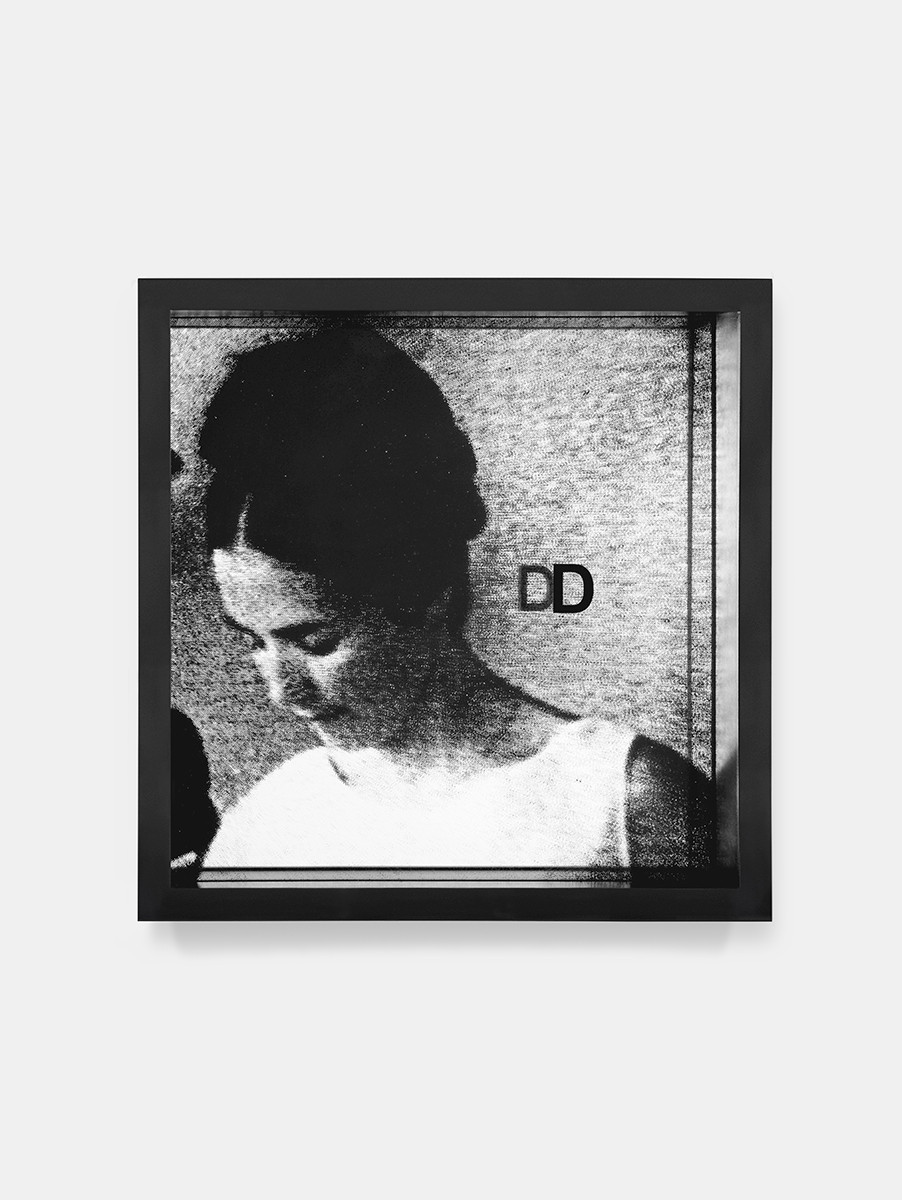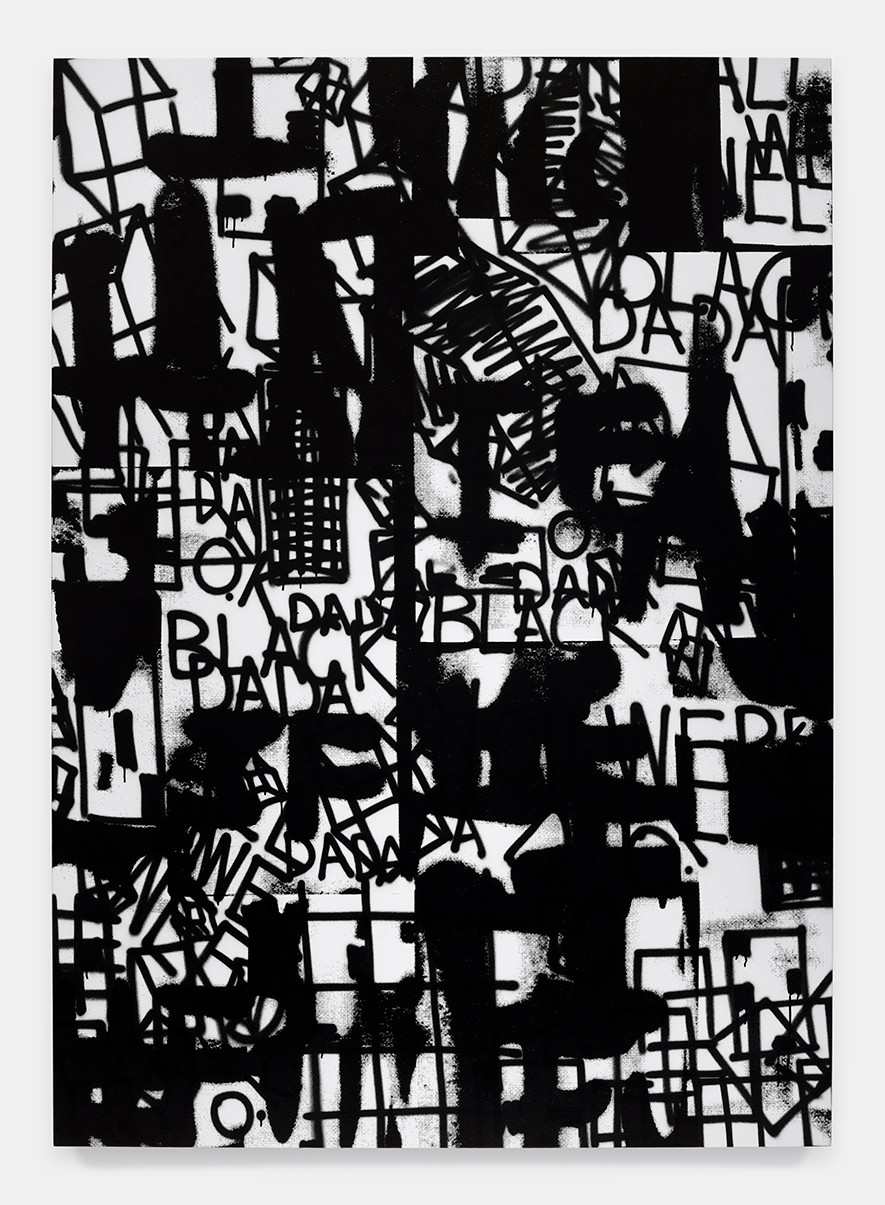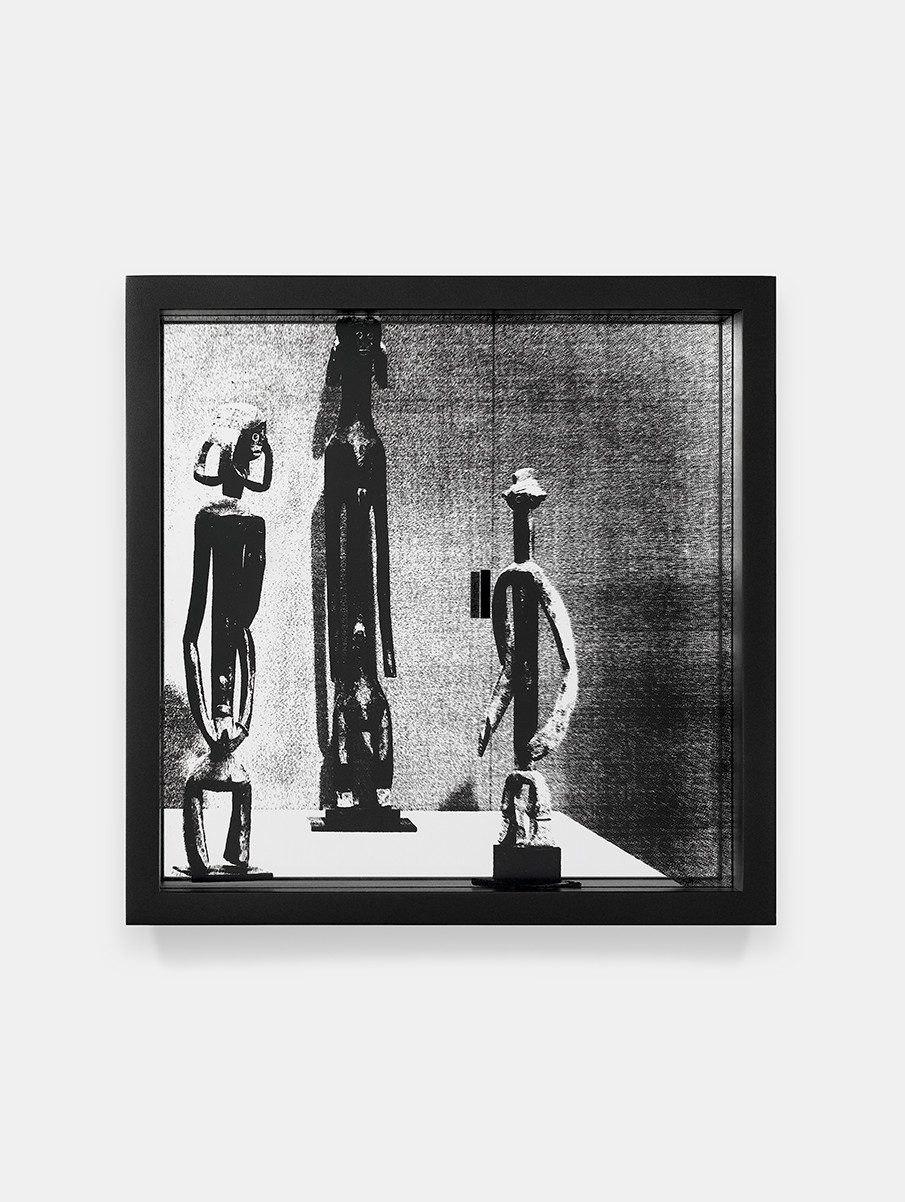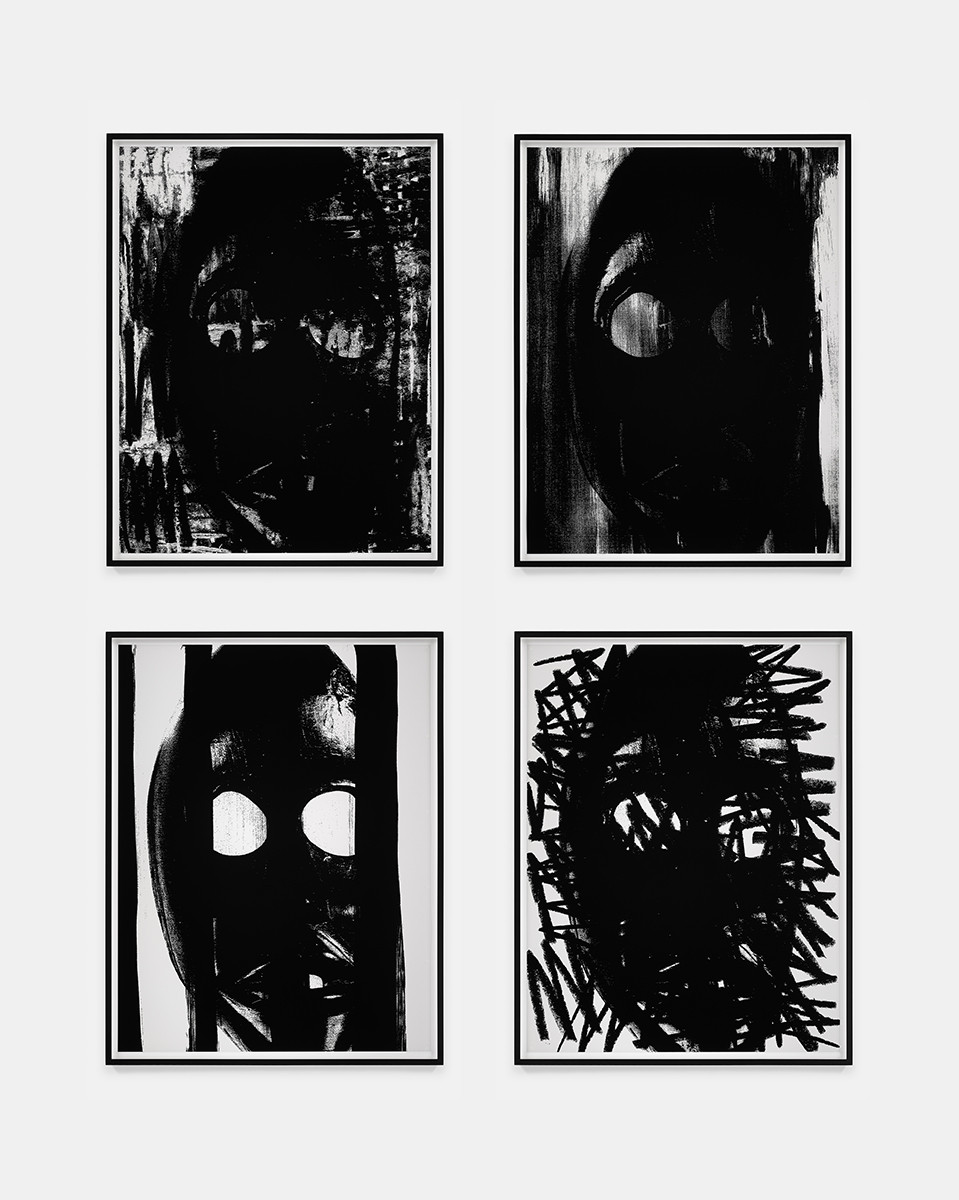ART CITIES: Geneva-Adam Pendleton
 Spanning painting, performance, video and writing, Adam Pendleton’s work is profoundly eclectic and critical. The artist engages with problematics inherent to mechanisms of representation, delving into language, abstraction and the notion of “blackness”. Working predominantly in black and white, Pendleton unpicks and deconstructs dominant historical, political, socio-cultural and aesthetic discourses, putting forward alternative narratives.
Spanning painting, performance, video and writing, Adam Pendleton’s work is profoundly eclectic and critical. The artist engages with problematics inherent to mechanisms of representation, delving into language, abstraction and the notion of “blackness”. Working predominantly in black and white, Pendleton unpicks and deconstructs dominant historical, political, socio-cultural and aesthetic discourses, putting forward alternative narratives.
By Dimitris Lempesis
Photo: Pace Gallery Archive
“In Abstraction”, his first solo exhibition in Geneva, Adam Pendleton shows eight new paintings and four new drawings. In these works captures a microhistory of marks and impressions: drips, splatters, strokes, erasures, shapes, word fragments. These are the accumulated remnants left over from work undertaken in his painting studio, remnants that have been composited to create richly textured visual fields. On the “Untitled (Days)” canvases, the first to be executed at this size, the textures run dense. Layered marks and sprays are dispersed all over. Blacks and whites range from the lightly translucent to the deeply opaque. On the other side of the room, the “Black Dada Drawings” reformat the same source material, shifting in scale and focus. The tonal contrast is dramatically reduced in black on black and the cropping is often tighter and closer, highlighting smaller moments. Pendleton has described his paintings as an inquiry into the composition of subjectivity from the visual residue one leaves behind; indeed, in both the paintings and the drawings, “minor moments become major moments because of how they articulate who we are or who we might be at any given moment. It’s a visual poetics of disruption”. Pendleton frequently cites counterpoint as a signature of his work, referring to the kind of musical composition in which multiple simultaneous voices are organized with an emphasis on horizontal movement instead of strictly vertical synchronization. To the degree that each of the works is organized, contrapuntal lines form interference patterns and parallaxes. Similarly, the day-to-day remains of a studio practice are visible here only in their continuous displacement, passing through various modes and mechanisms of abstraction. The work asks us to examine these modes and mechanisms more closely, to notice the ways in which they configure and reconfigure our attention and intentions.
Adam Pendleton’s early period consisted of conceptually driven abstract paintings, often incorporating text. These early works caught the eye of gallerist Kazuko Miyamoto and she included one of his paintings in a summer group show at Gallery Onetwentyeight, in Manhattan’s Lower East Side. An assistant to Sol LeWitt at the time, Miyamoto was visited by the artist, who took interest in Pendleton’s painting and agreed to trade one of his own pieces for it, making LeWitt one of Pendleton’s first collectors. In 2004, Pendleton made his first solo exhibition “Being Here”, at Wallspace Gallery, New York. In 2005, Pendleton had his first solo exhibition at Yvon Lambert, New York, presenting text-based screen print paintings that appropriated the writings of Toni Morrison and Audre Lorde, among other poets, overlapping the critical use of language, conceptual art, and activism. Marking a shift in his work toward the deconstruction and reimagining of existing forms, Pendleton created the time-based work “The Revival” (2007). Commissioned for the 2007 Performa Biennial, “The Revival” featured Pendleton reciting a secular sermon in front of a large gospel choir, engaging in a call and response with the audience bearing witness. The following year, Pendleton was recognized with his first major solo museum exhibition at the Indianapolis Museum of Contemporary Art (2008), and participated in Manifesta 7, in Rovereto, Italy, where he conceived of his “Black Dada manifesto” (2008) and presented it as a performance. Pendleton proposes Black Dada as a way to talk about the future while addressing the past. “Black” functions as an open-ended signifier and Dada as a reference to the avant-garde art movement”. His solo exhibition “Becoming Imperceptible” (2016), the largest of his work at that time. In 2017, Koenig Books published his “Black Dada Reader” a collection of documents and essays from various sources that relate to the conceptual framework of Black Dada. Within this context, Pendleton inserts his work into broader conversations about appropriation, representation, and political engagement, from Sol LeWitt’s incomplete open cube structures to protest posters. In 2018, Pace in London exhibited Pendleton’s “Our Ideas” which encompassed several pieces from earlier bodies of work alongside recent development’s in the artist’s practice. The exhibition included a series of paintings titled “Untitled (A Victim of American Democracy)” (2018), on which spray-painted vertical lines are layered with enlarged, cut-up language drawn from a 1964 speech by Malcolm X.
Photo: Adam Pendleton, Untitled (Days), 2021-22, © Adam Pendleton
Info: Pace Gallery, Quai des Bergues 15-17, Geneva, Switzerland, Duration: 7/9-5/10/2022, Days & Hours: Tue-Sat 10:00-18:00, www.pacegallery.com/




